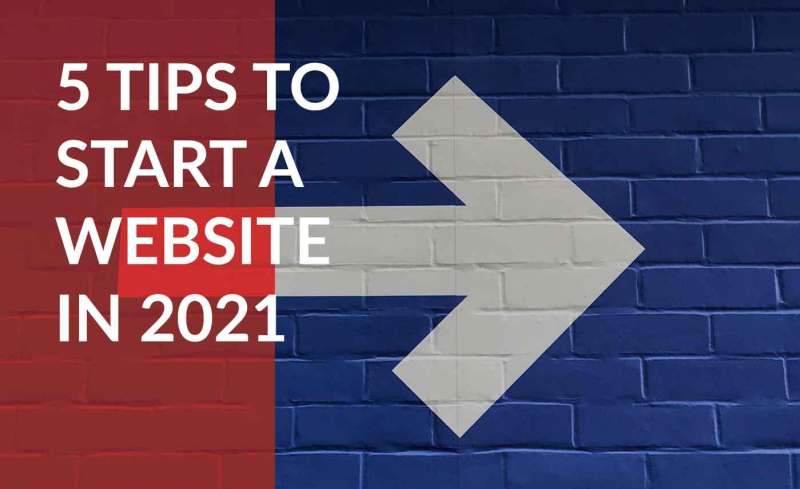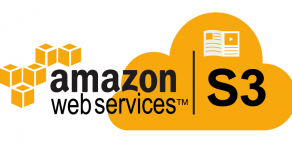
1. Choose Your Domain Name Wisely
According to Wikipedia, “a domain name is an identification string that defines a realm of administrative autonomy, authority, or control within the Internet.”
Keep in mind that your website’s domain name is the first thing that your visitors will see. Pick something that reflects your site’s purpose, that’s easy to remember, and preferably short. If you already have a business name in place, then use that with a combination of a domain extension.
Most domain names consist of two major parts; top-level domain and the second-level domain. For example, on our website Domain.com, the “..com” is the top-level domain, and the “domain” is the second-level domain. The most popular top-level domains, according to Wikipedia, are .com, .net, .org, and .info domains.
You might find that the major top-level domains are unavailable with the second-level domain name that you desire. In this case, try to pick something else that makes sense or make creative use of another top-level domain. Instead of using a .com domain (f.e. ordervegetables.com), you can use an .online domain (f.e. ordervegetables.online).
You can find out which domain names are available for you through our domain name search.
As part of strategic initiative, CloudDataWorld started its new platform for domain, hosting and cloud products.
Check out CloudDataWorld’s Shared Hosting plans.
2. Research the Best Website Layout
According to internetlivestats.com, there are over 1.5 billion websites live today. You can guess how hard it is to make your website unique and different from others. It’s also essential to have your site looking modern and up-to-date.
There are ways to build your website as user friendly and conversion oriented as possible. Color psychology, eye movement theory, and top-notch copy, among other things, are all there to assist you in creating a website in 2021. You can find many guides and applications to help you when you start building your site.
Also, make sure your webpage is accessible by the majority of devices. The easiest way to achieve this is by building your webpage in HTML5 markup language. HTML5 supports most of today’s popular devices and browsers, and there are tons of guides and step-by-step tutorials out there. From an HTML5 Periodical Table by Website Setup to a full course from Codecademy where you can Learn HTML.
Before you delve into theories and practices, you should know what your website is going to be about. In other words, what do you want to say to your visitors? What are the most important aspects of it? And what do you want them to do next?
3. SEO Matters
Search Engine Optimization (SEO) is making your website relevant, authoritative, and up-to-date in the search engines’ eyes. In simple terms, SEO makes your site attract more visitors.
According to internetlivestats.com, there are over 40,000 Google searches every second. Can you imagine that? And there are more than a few popular search engines out there, although none of them as popular as Google.
There is a lot of competition around keywords that attract the most number of visitors, and nowadays, almost everybody is focusing on SEO. But, that doesn’t mean that you shouldn’t focus on optimizing either. At the very least, we recommend putting in the effort so that people directly looking for your brand or company can find you.
Of course, you can go further than that and add a bunch of neat tricks and tips that you can find on the Internet. You can start from Google Adwords’ built-in keyword research tool to get a sense of the keywords in your space.
Going further really depends on your budget. You can create your copy and webpages targeting specific keywords, or hire an SEO specialist to help you. However, one thing is clear; in 2021, it doesn’t hurt to know a thing or two about SEO.
4. Get a Fast and Reliable Hosting Service
It’s no secret that your webpage’s loading speed affects your visitors’ bounce rate. A study lead by Google found that if your webpage takes more than 3 seconds to load, then the bounce rate will increase over 50% compared to the loading time of under 3 seconds. That’s huge!
Apart from the speed and uptime, you should also consider different hosting options from shared hosting to dedicated servers. Your hosting choice is very dependent on your budget, potential traffic, and the planned size of your website.
Make sure that your hosting plan supports your ideas for the website; WordPress, advanced databases, root application development, or anything else.
Check out CloudDataWorld’s Shared Hosting plans.
5. Don’t Forget the About Us and Contact Pages
Apart from your homepage, your visitors are most likely going to look at your website’s profile and ways to contact you. Even if your main page contains the same information, these pages help to create trust in your visitors. This holds especially true when you’re a company providing a service or selling goods.
However, don’t overthink it too much and keep them looking professional and on-point. There’s no need to quote the entire history of your company or list every employee’s contact information unless there’s a reason for it. Usually, some clean copy and a call-to-action will suffice to make these pages work for you.
There are tons of guides and tips out there for building those pages, but make sure you pick out the ones that resonate with your website the most.














Comments